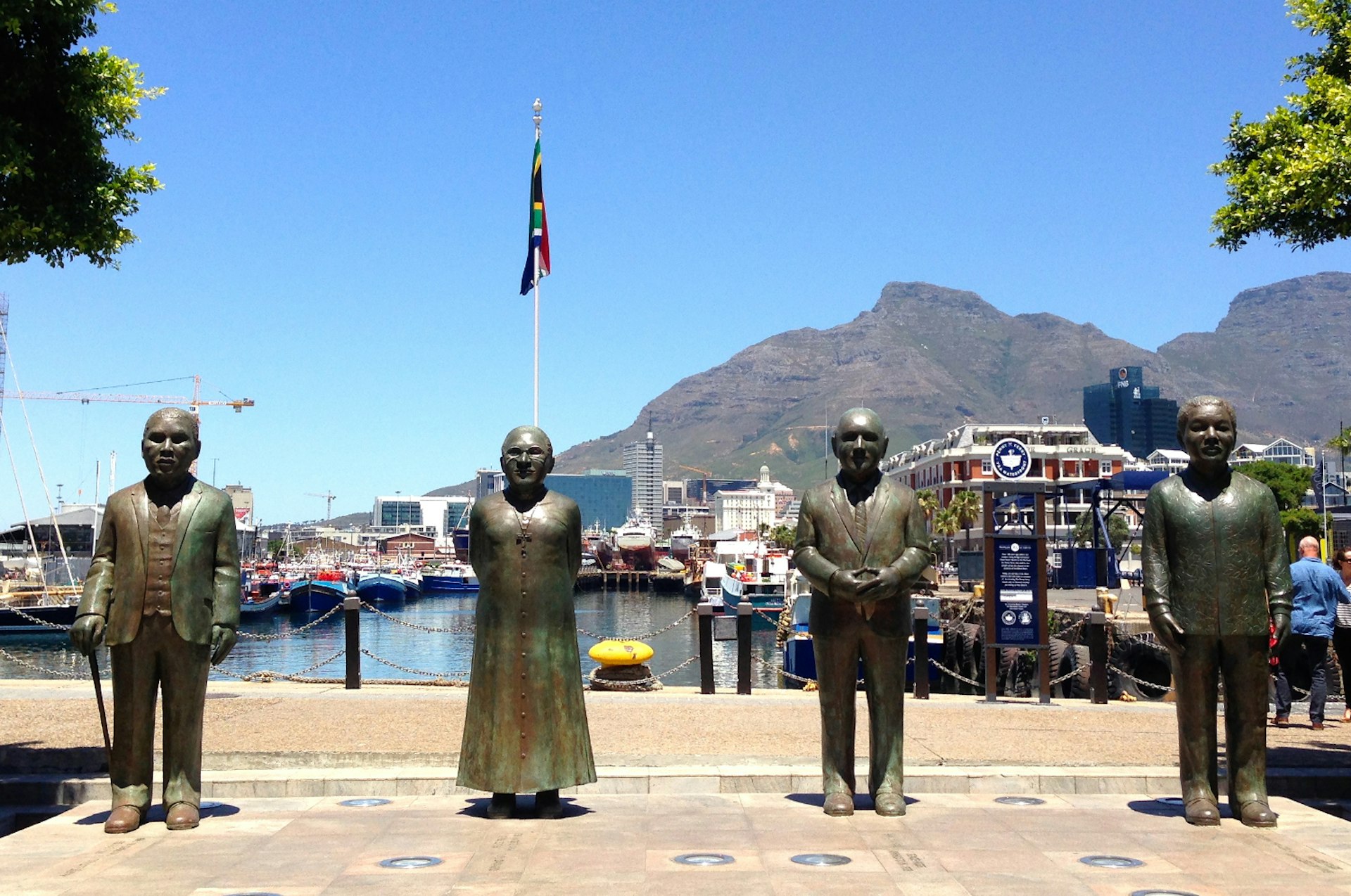As big cities in the world go, Cape Town is pretty affordable. Eating out is fairly cheap by European or North American standards, and many museums and smaller attractions charge only a modest fee. But if you want to save a little more, there are ways to experience the art, culture and natural beauty of the Mother City without opening your wallet, allowing you to splurge on local cuisine, souvenirs or one of these There will be more rands to help out. Many community tourism projects.

1. Hike the Table Mountain Range.
Most people who arrive in Cape Town take the cableway to the top of Table Mountain, but hiking the slopes is a much better and cheaper way to experience the city’s craggy centerpiece. The most popular hike is Plattecliffe Gorge, a steep, 2.5-hour climb that is knee-deep hell on the way down. But there are trails throughout the range, from a gentle undulating pipe track to the Elephant’s Eye Cave, a two-hour hike. And for a hike with the best view of Table Mountain, join the crowds climbing Lion’s Head, a short but steep scramble that involves clinging to chains and ladders to reach the summit. Never hike alone and seek local safety advice as thefts have occurred on some routes.
2. Explore Greenpoint Urban Park.
Whether you’re interested in native flora, staying fit, picnicking on the lawn or climbing the jungle gym, Greenpoint Park can easily provide a free half-day of fun. The park was redeveloped when South Africa hosted the FIFA World Cup in 2010 and now serves as a cycling, hiking and walking space, as well as an open-air museum, which There are information boards detailing the remarkable biodiversity in the Western Cape.

3. Visit the Norwell Foundation.
Normally, this privately owned contemporary art gallery is one of the city’s attractions, but on Tuesdays admission to the exhibition spaces and sculpture garden is free. The large, rather austere building houses several galleries that showcase rotating exhibitions of African artists. The garden is a wonderful place to wander, where wetland birds and native plants mingle with contrasting sculptures torn from the earth.

4. Muizenberg to Meander
After a decade-long regeneration project, Muizenberg’s beach is now a place to be embraced rather than avoided. Once you’ve taken in the restaurants, surf shops and Victorian bath huts, follow the meandering path as it hugs the coastline for 10 spectacular kilometres. Stop for a paddle in the tidal pools of St. James, browse the antique shops on the main road of Kalk Bay and finish with a dip in the sea on the beautiful white sand beach of Fishhook.

5. Enjoy the architecture.
If architecture is your passion, there is plenty to see in central Cape Town. At the top of most lists are the famous houses of Bo-Kap, whose residents are accustomed to photographing their colorful homes. A short walk away are the Art Deco facades along Greenmarket Square, which is always buzzing with activity thanks to the daily craft market. A few blocks to the southeast you’ll find Edwardian City Hall overlooking the frenetic Grand Parade. It is a two-minute walk from here to the Castle of Good Hope, the oldest building in the city, built in the late 17th century.

6. Go hiking.
Various companies offer free walking tours of the city. Some tours visit well-known locations such as Greenmarket Square, Company’s Gardens, Bo Kap and Grand Parade. Others offer a different view of the city, e.g A taste of Cape Town tour, which samples traditional snacks and visits galleries and street performers. Although the tours are billed as free, a tip for the guide is expected.
7. Visit Parliament.
South Africa’s recent political history is as interesting as it is tumultuous, and a free tour of the parliament sheds light on some of these local stories as well as an insight into how the country’s parliamentary system works. Once the tour is complete, be sure to check out the exterior of the 19th-century building, with its neoclassical facade and often-photographed statue of Nelson Mandela. Tours are on weekdays only and must be booked in advance. Be sure to bring your passport with you to enter the Parliament building.

8. Board the Nelson Mandela Gateway.
Located on the V&A Waterfront, Nelson Mandela Gateway is the launching point for ferries to Robben Island. If you’re saving cash, lacking sea legs or have cut your trip short due to weather, the free-entry Visitor Center is worth checking out. Here you will find information panels providing insight into the struggle against apartheid, with a particular focus on Nelson Mandela of course.

9. Take a walk along the Sea Point Promenade.
On warm evenings, the path that stretches along the shores of the Atlantic Ocean comes alive with dog walkers, skateboarders, sunbathers and kitesurfers. If the ocean views aren’t enough to see, there are interesting art installations, open-air gymnasiums and plenty of places for children to play. When the thermals are right, it’s also a place for paragliders to jump from Tiger’s Head.

10. Wandering Company Garden
Cape Town has many wonderful, free-to-enter public parks and gardens, but this one is the oldest and by far the most popular. In the 17th century the Company’s Garden served as a vegetable patch for the Dutch East India Company, and a small garden now serves as a reminder of the original purpose. Elsewhere there is a shrine, rose garden, small information centre, some grand monuments and countless squirrels. The park’s edge is home to a selection of museums, galleries and the magnificent Parliament Buildings.
